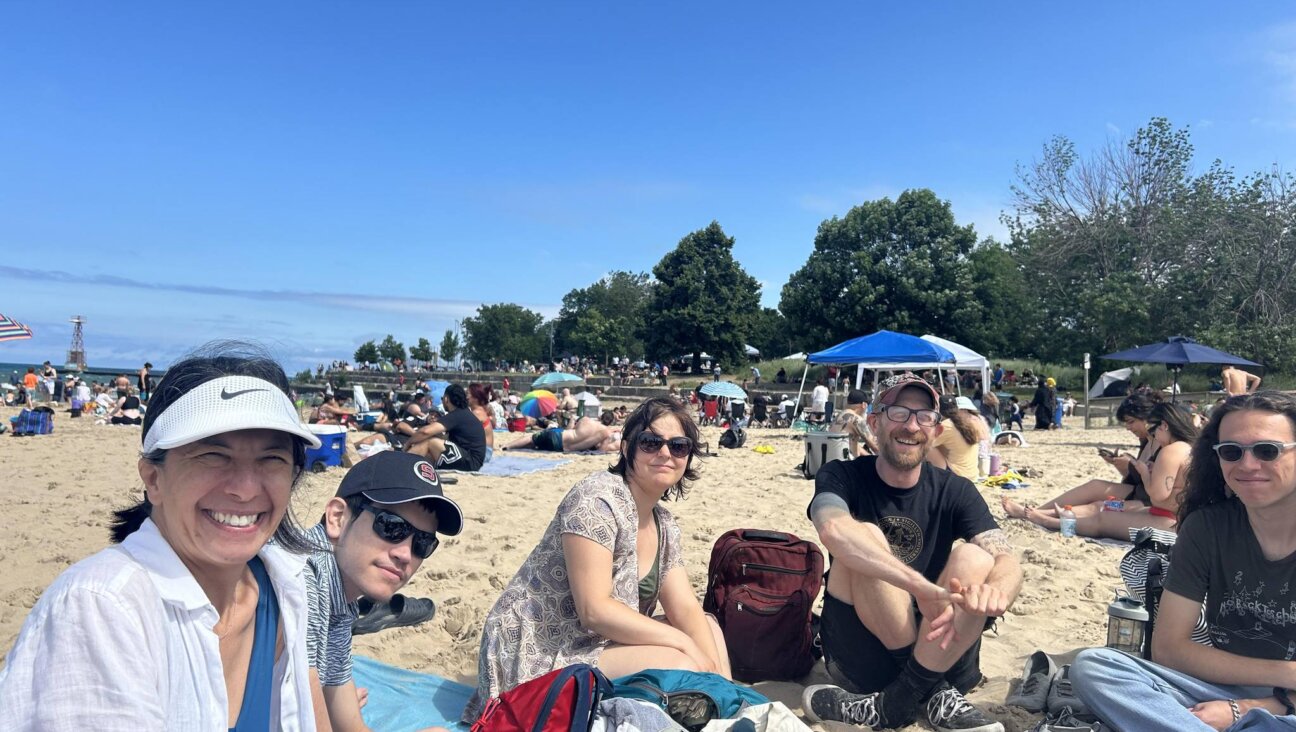Sting Like a Bee: Ali of the Typewriter

Liebling: The Sweet Science and Other Writings
By A.J. Liebling, edited by Pete Hamill
The Library of America, 1,057 pages, $40.00.

One of the last pieces A.J. Liebling ever wrote was about an up-and-coming boxer and versifier named Cassius Clay. Liebling wasn’t entirely sold on the egotistical young fighter, but he was clearly struck by Clay’s magnetism and the excitement he brought to the ring, and he sensed Clay’s promise:
Will he ever be heavyweight champion? Time will tell. Will he learn to punch harder? It is a question of time, too. Will he learn to fight inside? Time is all. A young man’s best friend is time.
A young man’s, perhaps, but not Liebling’s. Within a year, Liebling was dead. A few months later, Clay beat Sonny Liston to take the heavyweight title.
Liebling wrote well about a great number of things, but it’s a shame that he wasn’t able to chronicle the transformation of the raw, brash Clay into the champion Muhammad Ali. On the surface, the two were as different as could be: Ali at his peak was tall, chiseled and proudly black, while Liebling was a short, fat Jew from Brooklyn; Ali was, and remains, a man of faith, while Liebling never had much use for religion. But the two men would have found they had a lot in common. Liebling was a onetime amateur boxer, while Ali was a wordsmith in his spare time. In their respective arenas — Liebling at the typewriter, Ali in the ring — both were quick and light on their feet, and both knew how to land a hard punch when it mattered. Above all, both were entertainers, even when they were at their most serious. They worked with the fearless bravado that comes from believing in your own genius. Even now, long after both have gone quiet, their work remains a joy.
“The Sweet Science and Other Writings,” a collection of writings newly released by The Library of America, shows Liebling at the top of his game and spans almost his entire career. With The Library of America’s recent compilation of Liebling’s war correspondence, and the publication of the anthology “Just Enough Liebling,” most of Liebling’s work has now been reissued, with the exception of his memoir, “Back Where I Came From,” and his rather ungenerous urban portrait, “Chicago: The Second City.” What that means, in short, is that Liebling’s work is readily available to anyone who wants to read it, which ought to be everyone. Where his war correspondence shows him at his most serious and sober, “The Sweet Science…” shows him at his most fun, even when taking on weighty subjects. And Liebling, at his best, is wildly entertaining. (When not at his best, he’s still very good.)
The compilation opens with the title book, “The Sweet Science,” a chronicle of the boxing scene in the mid-1950s. Liebling reports on the “Sweet Science of Bruising” with novelistic scope. He takes the reader not only to the fights, but also out to the training camps and to the bars where ex-fighters hang out and reminisce, meeting street-smart trainers, rising young prospects, loudmouthed fans. And the descriptions of the fights are gripping enough to make even the most pacific reader sway with the punches.
In “The Earl of Louisiana,” Liebling turns his sportsman’s eye to Louisiana politics and finds more than enough outrageousness to suit his ample tastes. The story follows the bizarre re-election campaign of Louisiana then-governor, Earl Long, younger brother of the legendary Huey Long and a unique talent in his own right. It also becomes an exploration of Louisiana’s strange and complex political ecosystem, which the Longs so uniquely mastered. It all might seem a picayune pleasure trip if not for the fact that the election becomes a showdown on race — on the eve of the Southern civil rights eruption — divided between the moderates on the one hand (including Long, beneath whose histrionics Liebling perceives a humane and canny liberalism) and the racists, whom Liebling derisively tags “the grasseaters,” on the other.
Liebling is a superb stylist. His sentences land like sharp combinations, as in his opening to “The Earl of Louisiana”: “Southern political personalities, like sweet corn, travel badly. They lose flavor with every hundred yards away from the patch.” “The Sweet Science” gets under way thus: “It is a great thrill to feel that all that separates you from the early Victorians is a series of punches on the nose. I wonder if Professor Toynbee is as intimately attuned to his sources. The Sweet Science is joined onto the past like a man’s arm to his shoulder.”
Liebling is also legendary for his press criticism, and “The Press” has its share of both zingers and insight (most famously, “Freedom of the press is guaranteed only to those who own one”), but the book is worth reading mostly for serious students of journalism, or as a relic of a distant, albeit relevant, era. It isn’t half as much fun as his other books. There is, however, something oddly reassuring about the wrongness of Liebling’s rants that the death of competitive newspapering, and the rise of the one-paper town, would destroy American journalism. In fact, newspaper monopolies swelled profits, some of which were poured into larger newsrooms, and the competition of television kept the papers fairly honest. If as perceptive an observer as Liebling could be so terribly wrong about the future, then perhaps today’s jeremiads on the future of the press should be taken with a sprinkling of salt.
Far more rewarding than his “end is nigh” posturing is “The Jollity Building,” Liebling’s account of the small-time con men and operators who hung around New York City’s Times Square area, dreaming up new ways to score a few bucks, which they would promptly blow at the racetrack. It includes the tale of one of Liebling’s greatest heroes, Hymie Katz, a man who could open a nightclub on “an idea and a loan of fifty dollars.” What ensues is a pyramid scheme of concessions, promises, IOUs, bathtub gin, fancy footwork and fast talking that would have made Ali proud. Even in this post-Madoff era of ruined fortunes, when the art of the con has lost some of its raffish charm, Katz is hard to dislike — in part because the cons are small, but also because Katz himself was in it not for the money, but for the fun. He opened nightclubs for the same reason that Liebling wrote and Ali boxed: He couldn’t resist his own genius.
Anthony Weiss is a staff writer at the Forward.
A message from our Publisher & CEO Rachel Fishman Feddersen

I hope you appreciated this article. Before you go, I’d like to ask you to please support the Forward’s award-winning, nonprofit journalism so that we can be prepared for whatever news 2025 brings.
At a time when other newsrooms are closing or cutting back, the Forward has removed its paywall and invested additional resources to report on the ground from Israel and around the U.S. on the impact of the war, rising antisemitism and polarized discourse.
Readers like you make it all possible. Support our work by becoming a Forward Member and connect with our journalism and your community.
— Rachel Fishman Feddersen, Publisher and CEO























